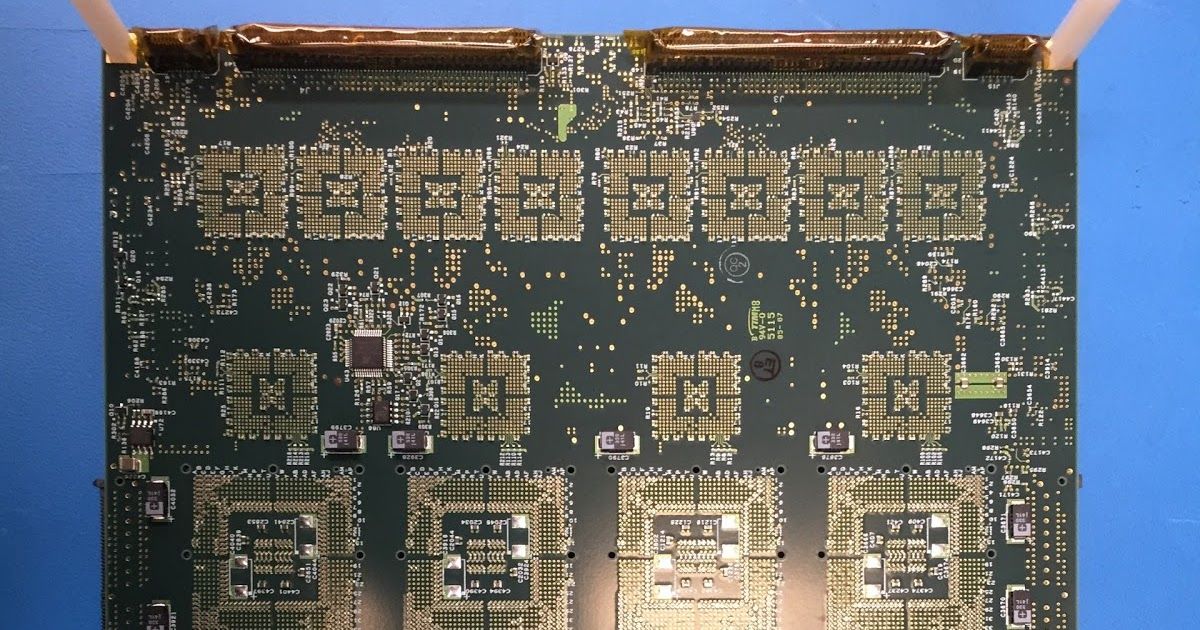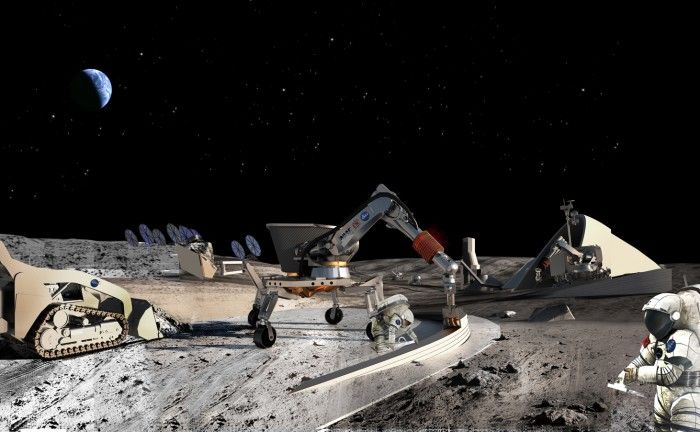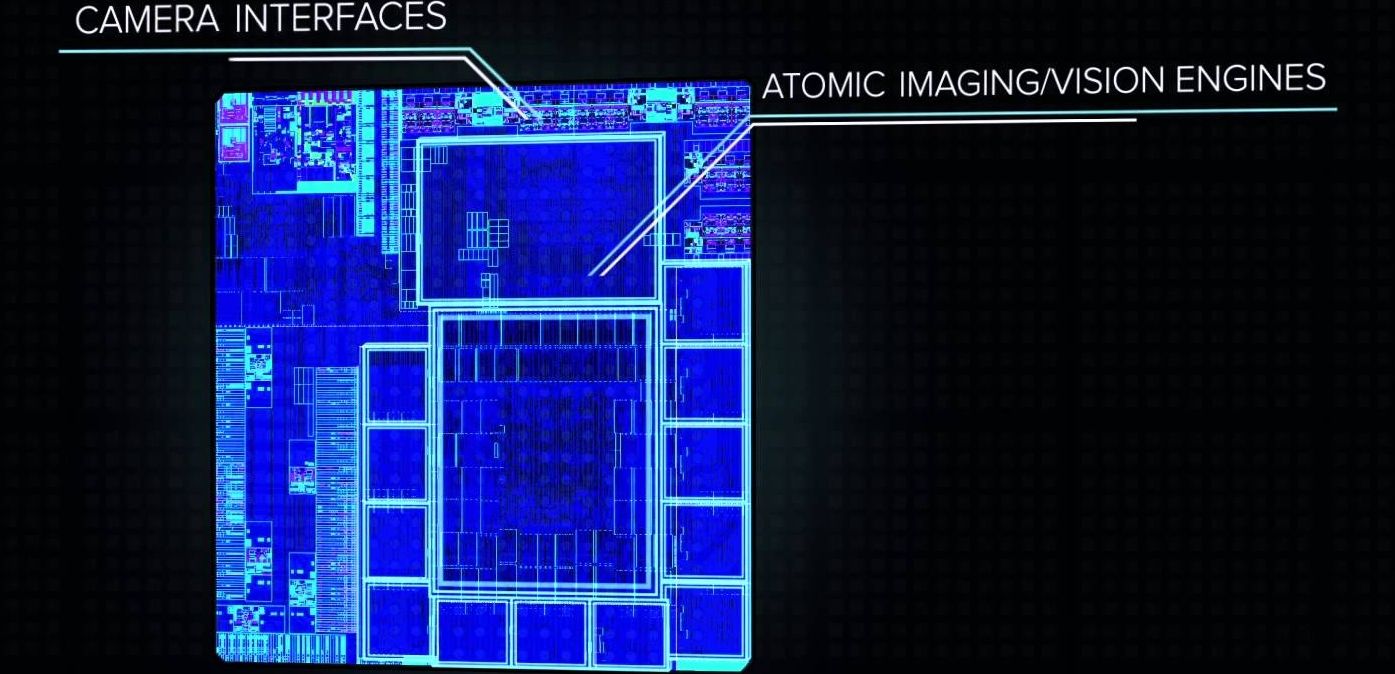Mar 29, 2016
Something Just Slammed Into Jupiter
Posted by Sean Brazell in categories: asteroid/comet impacts, existential risks
Astronomers have captured video evidence of a collision between Jupiter and a small celestial object, likely a comet or asteroid. Though it looks like a small blip of light, the resulting explosion was unusually powerful.
As Phil Plait of Bad Astronomy reports, the collision occurred on March 17, but confirmation of the event only emerged this week. An amateur Austrian astronomer used a 20-centimeter telescope to chronicle the unexpected event, but it could’ve been some kind of visual artifact.

















